- Tesla’s switch to Lithium-Iron Phosphate (LFP) batteries is a smart move that benefits both buyers and the environment. Cheaper and more durable batteries offer cost-effectiveness and long-lasting benefits.
- The new batteries used in the Standard Range Model 3 and Model Y are less likely to degrade and cause problems, which will save money in the long run.
- Using these new batteries could help Tesla expand its market and make its cars more accessible for more people, while also reducing the environmental impact of its vehicles.
Let’s talk about Tesla’s latest move with their Model Y lineup in Canada. So, they made some major changes which got some Tesla fans guessing and scratching their heads. Basically, they reduced the driving range and swapped the battery pack to a Lithium-Iron Phosphate (LFP) battery. But, you know what? In my opinion, this was a pretty smart move by Tesla.
Tesla’s Model Y Performance Range Reduced, but Lithium-Iron Phosphate Batteries Make Cars More Accessible and Reliable
First things first – range reduction. The Model Y Performance has taken a hit, dropping from 488 kilometers (303 miles) down to 459 kilometers (285 miles). But, don’t sweat it just yet. The larger wheels on the Performance model were the main reason for the range decrease. So, maybe swapping those out for some smaller ones could make the car more efficient. Plus, the LFP batteries used in the Standard Range Model 3 and Model Y are actually a more affordable option for the average Joe, making Tesla cars even more accessible.
The decision to use Lithium-Iron Phosphate (LFP) batteries is a good one, too. These batteries are less prone to degradation and have fewer recalls compared to other lithium-ion batteries. This means you’ll likely get more mileage out of your battery, which translates to more savings in your wallet. It’s a win-win situation for both Tesla and their customers!
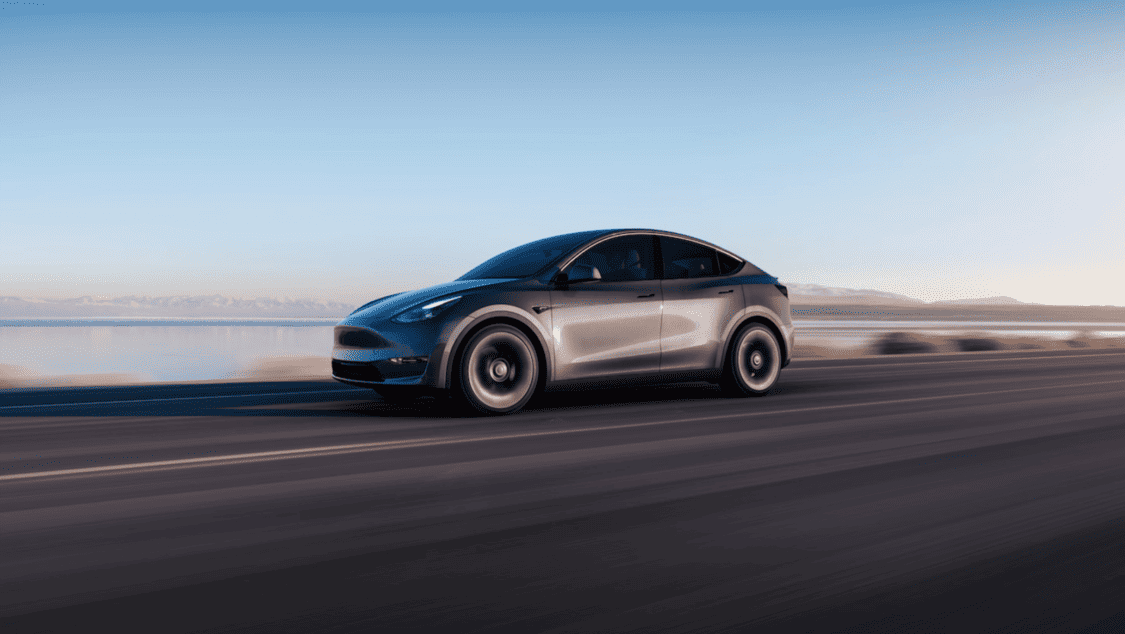
Tesla is Boosting Profits and Cutting Costs with Model Y Performance Production Shift to China and Lithium-Iron Phosphate (LFP) Batteries
Now, let’s talk about why Tesla made this move. One of the main reasons is that the Model Y Performance is now being imported from China. Tesla can produce the car at a lower cost over there compared to the US or Canada. Plus, Canada doesn’t have any import restrictions on cars coming from China, so it’s a no-brainer for Tesla to take advantage of this opportunity.
And another thing to consider is that using LFP batteries might just help Tesla boost its profits too. By cutting production costs, they could sell the car for more cash, while buyers would still benefit from the longer-lasting battery.
Tesla hasn’t come out and said anything about this whole situation, so we’re all just kinda speculating at this point. But, Drive Tesla Canada seems to have pieced together a pretty logical deduction, and it looks like the Model Y Performance is probably going to be equipped with LFP batteries from CATL now.
Lower Production Costs and Increased Accessibility for All
Overall, I think that Tesla made a pretty smart move, all things considered. For one thing, it’s a win-win for both Tesla and the consumer. By using these new batteries, Tesla can lower its production costs and extend the life of the battery. That means you can get more bang for your buck when you buy a Tesla, and who doesn’t love that?
But there’s another big advantage here too. By making these changes, Tesla can potentially open up new markets and reach even more consumers. That’s a huge deal, especially if you’re someone who’s been wanting to get a Tesla but couldn’t afford one before. With these changes, Tesla is making its vehicles more accessible to everyone, and that’s something we should all be excited about. So overall, I’m totally on board with this move – and I think you should be too!
What do you think about Tesla’s move to LFP batteries? Do you agree that it’s a smart move? Let me know your thoughts in the comments!

SOURCE | IMAGES: DRIVE TESLA CANADA | TESLA
FTC: We use income-earning auto affiliate links. Learn more.





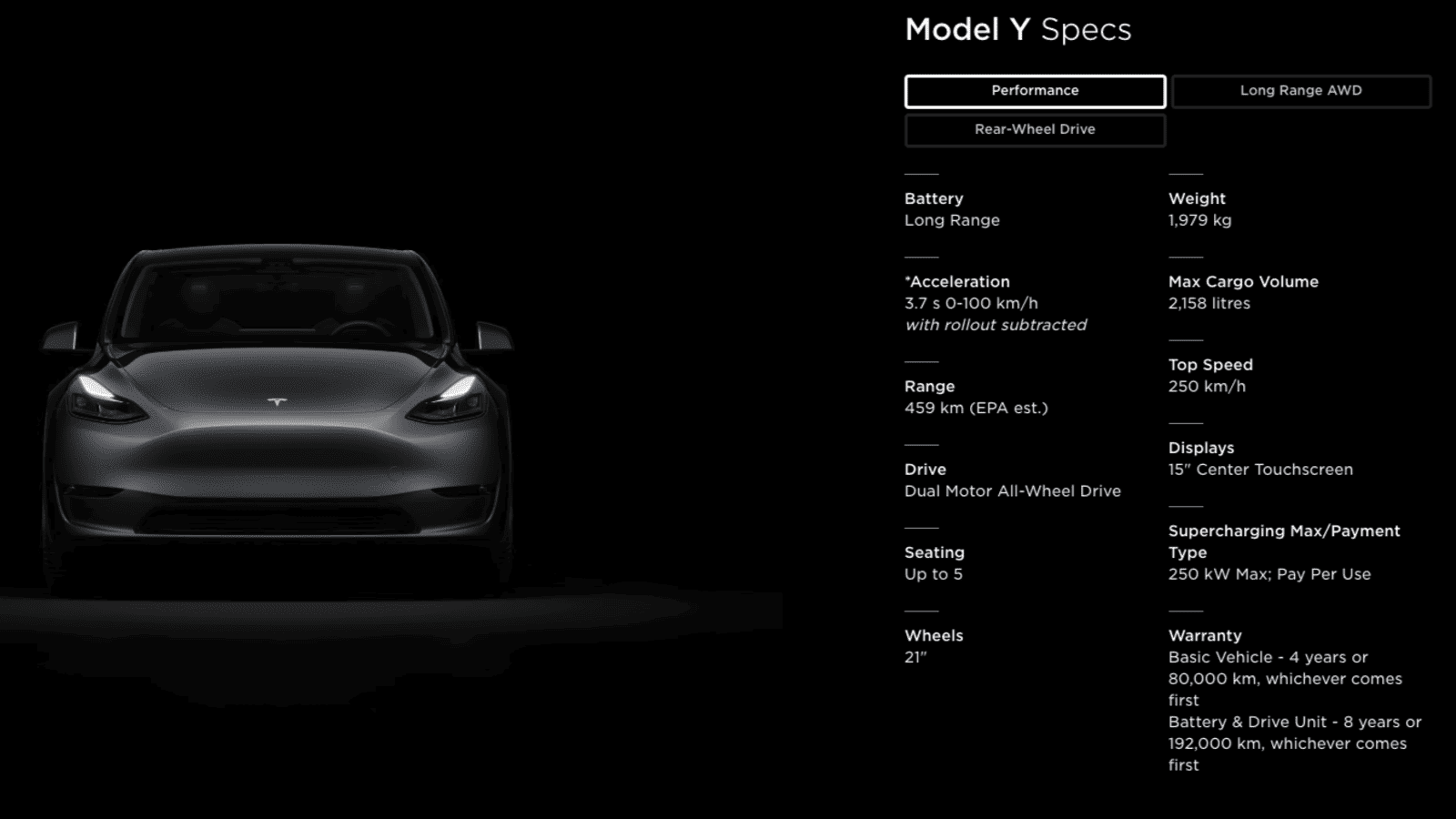
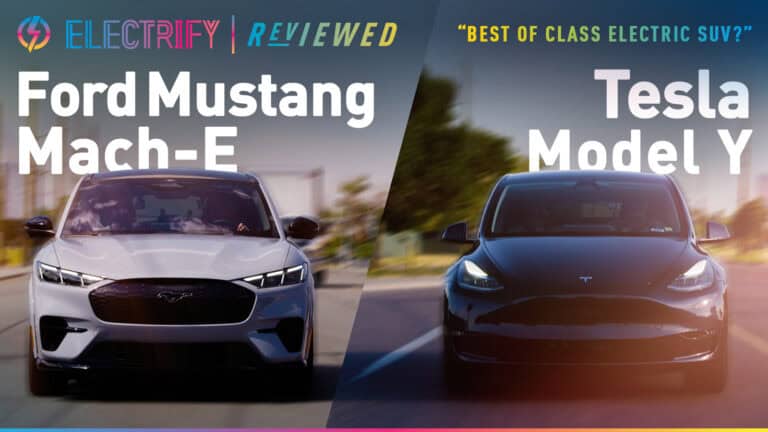
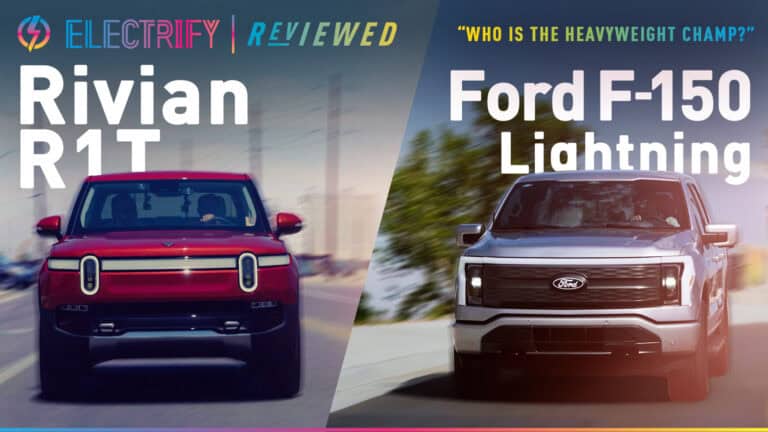
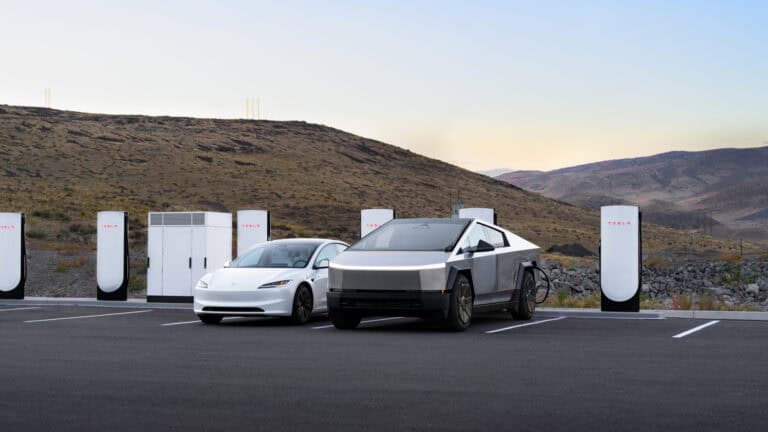
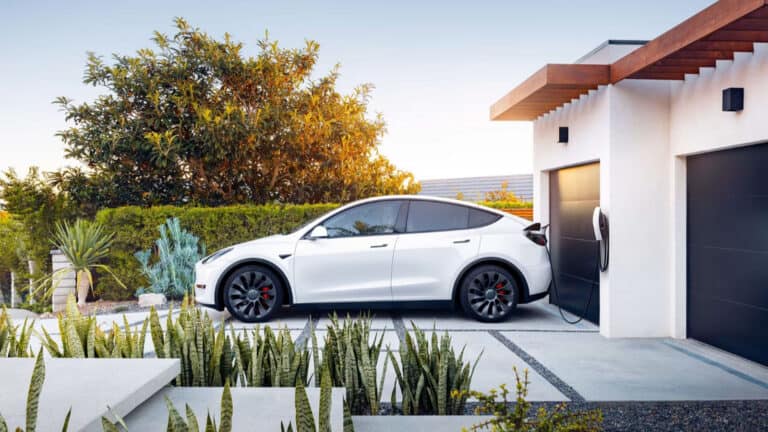
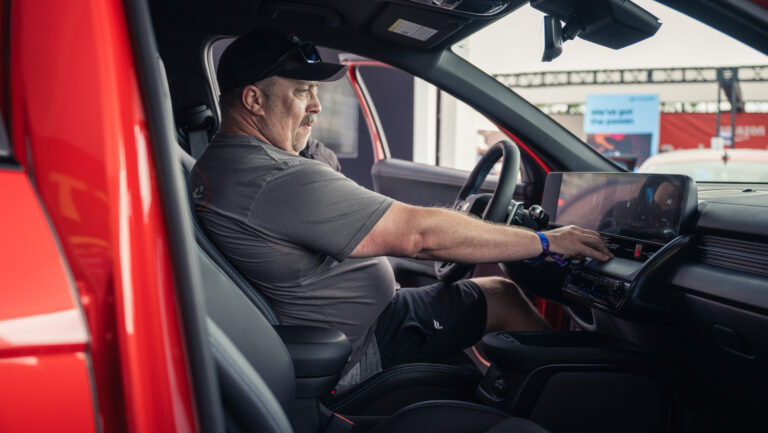

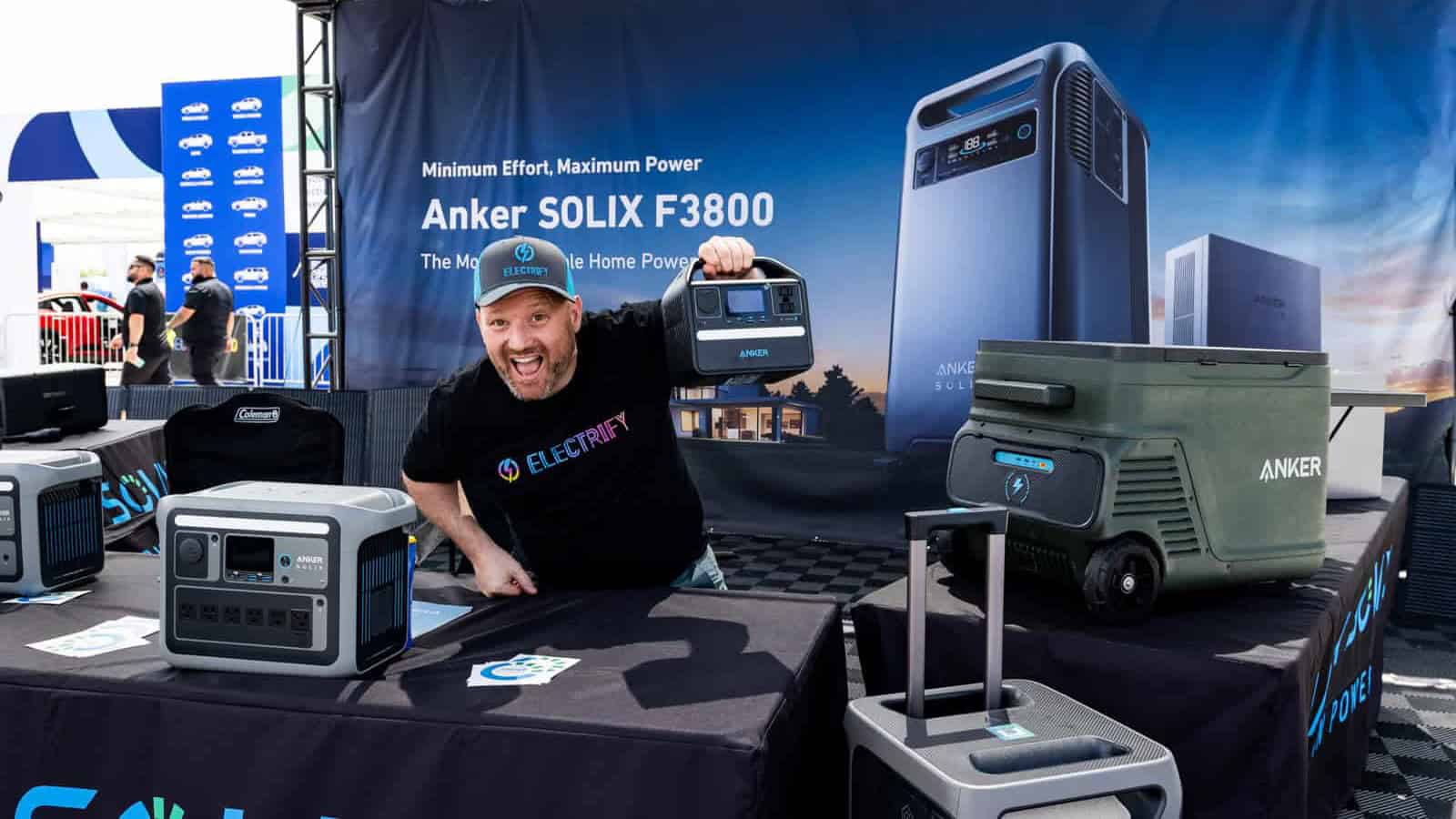
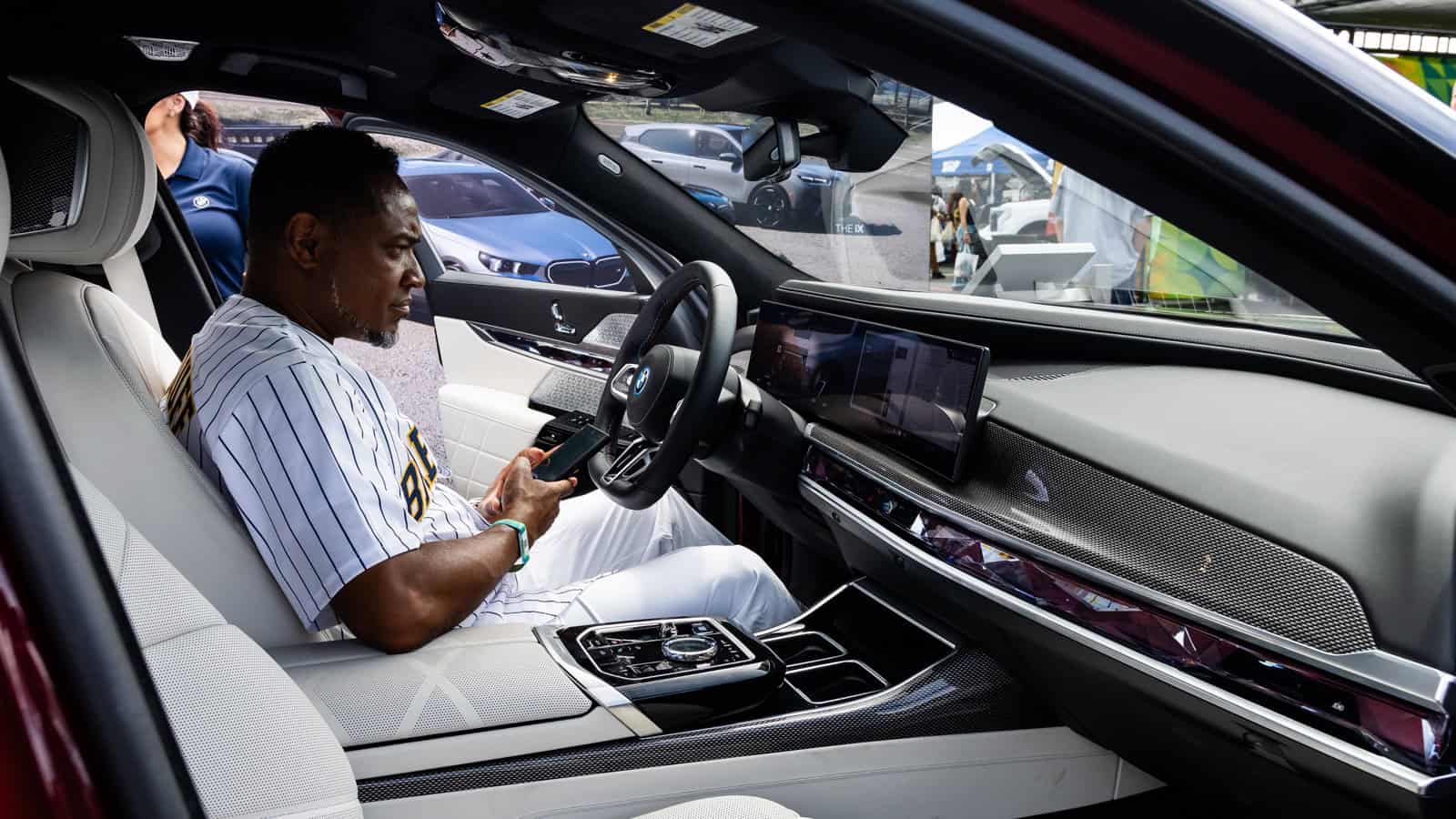
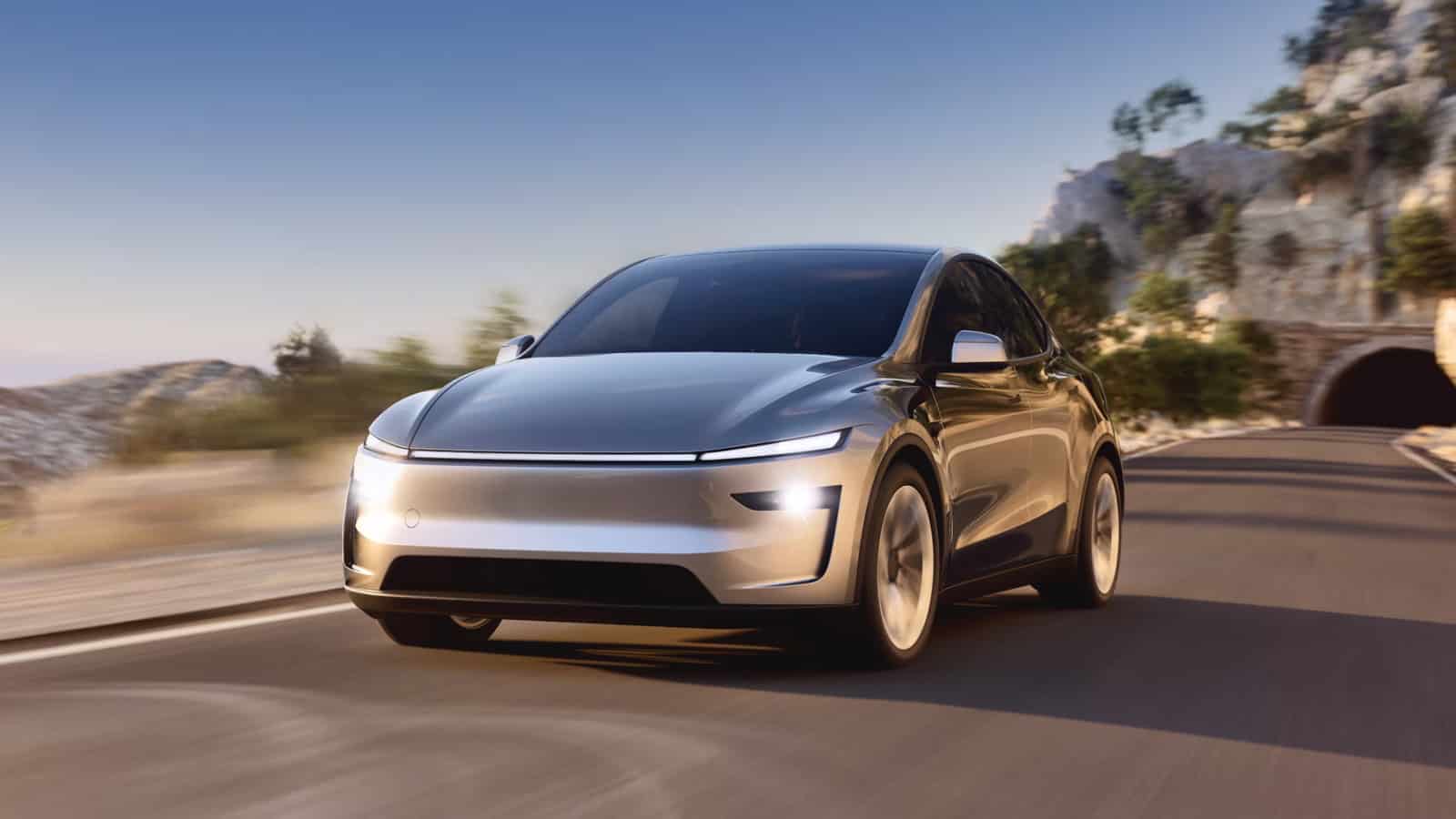
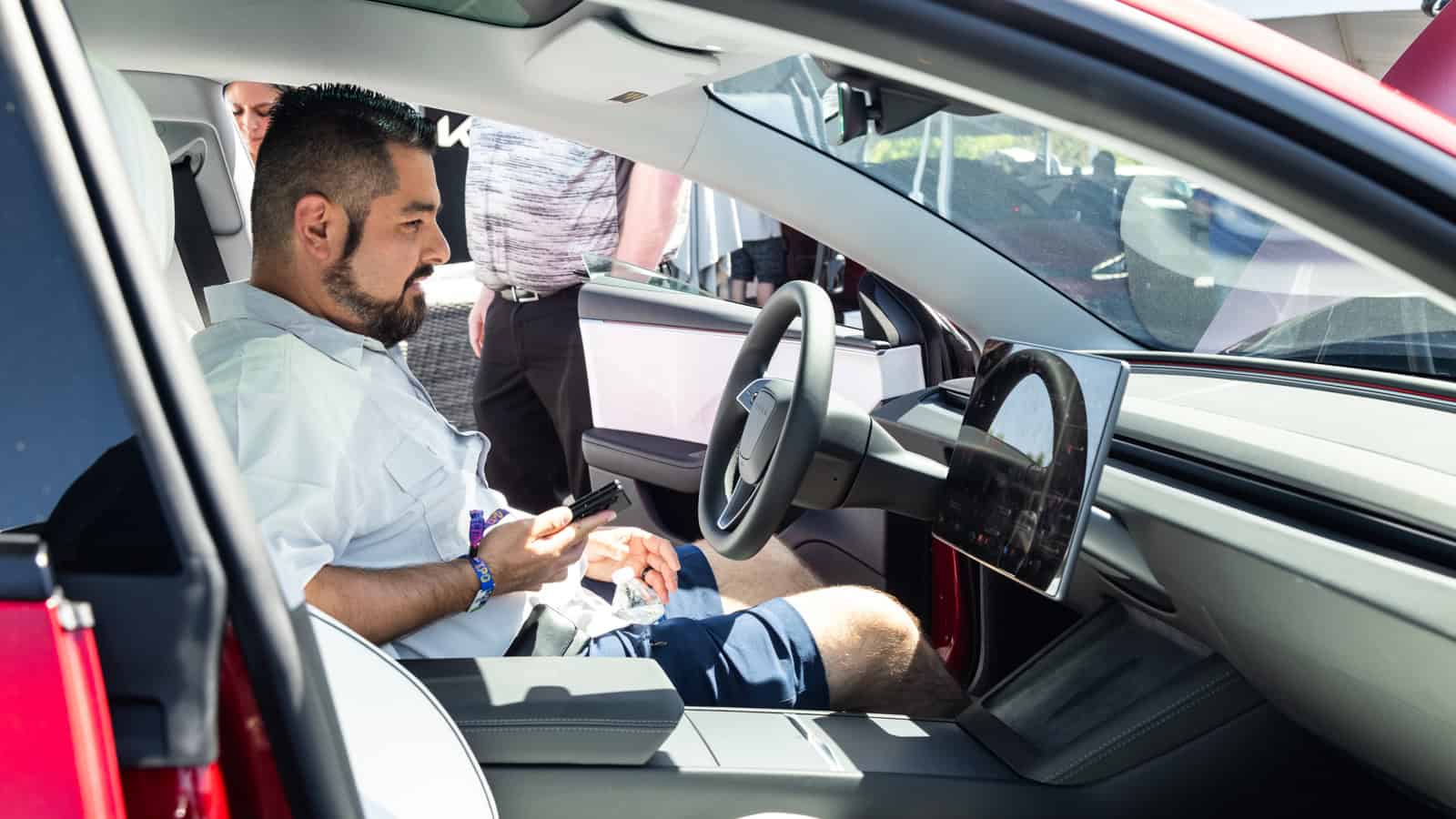
One Response
LFP batteries are safer, far less likely to catch fire, and don’t use cobalt. Cobalt mining is done by hand in the Peoples’ Republic of the Congo, using dangerous, life-threatening mining practices. it’s a win all the way around!